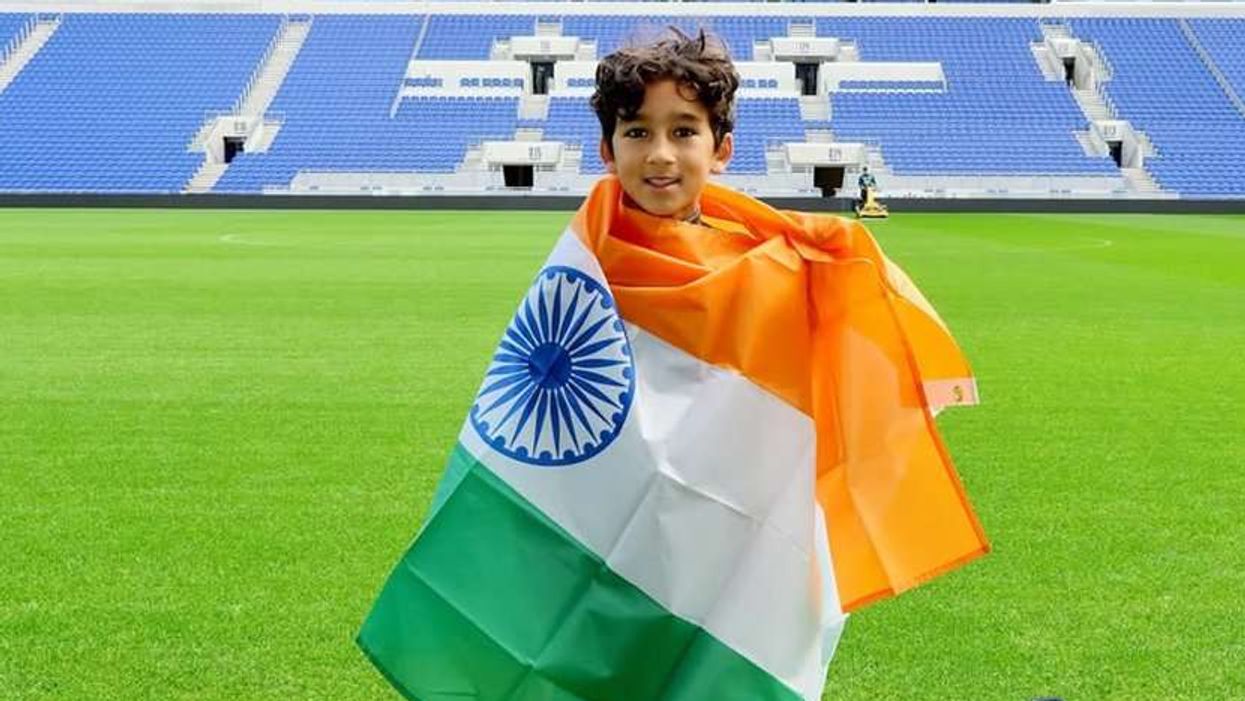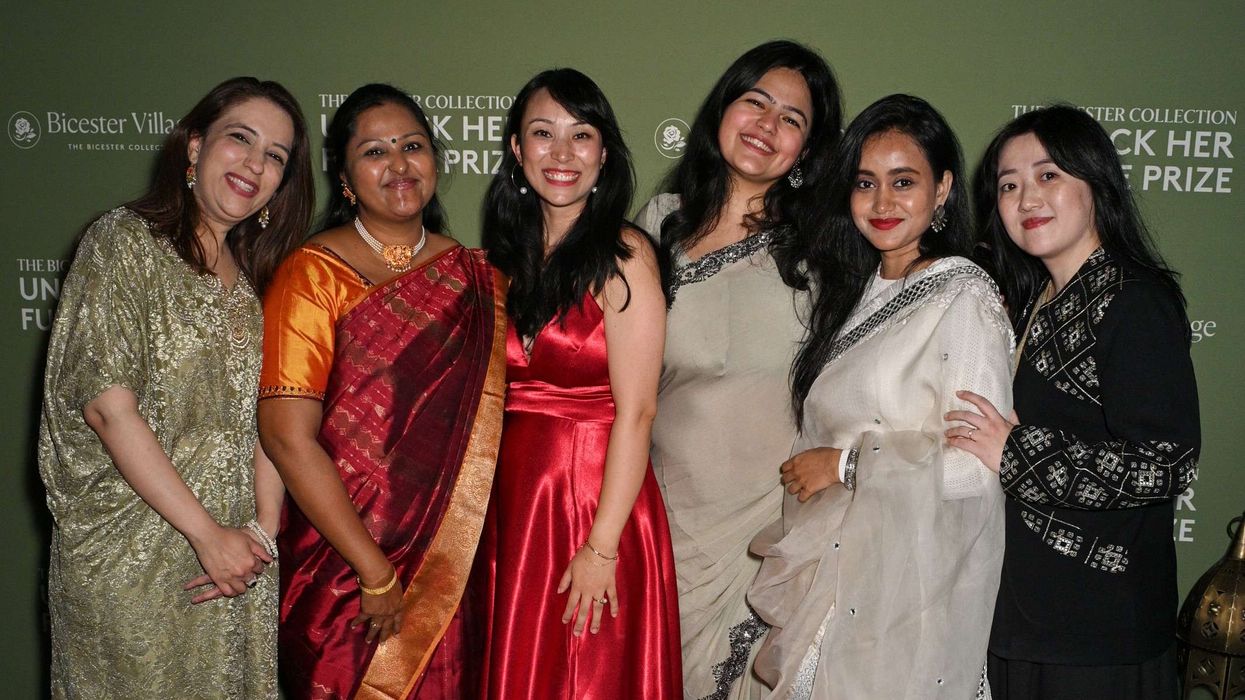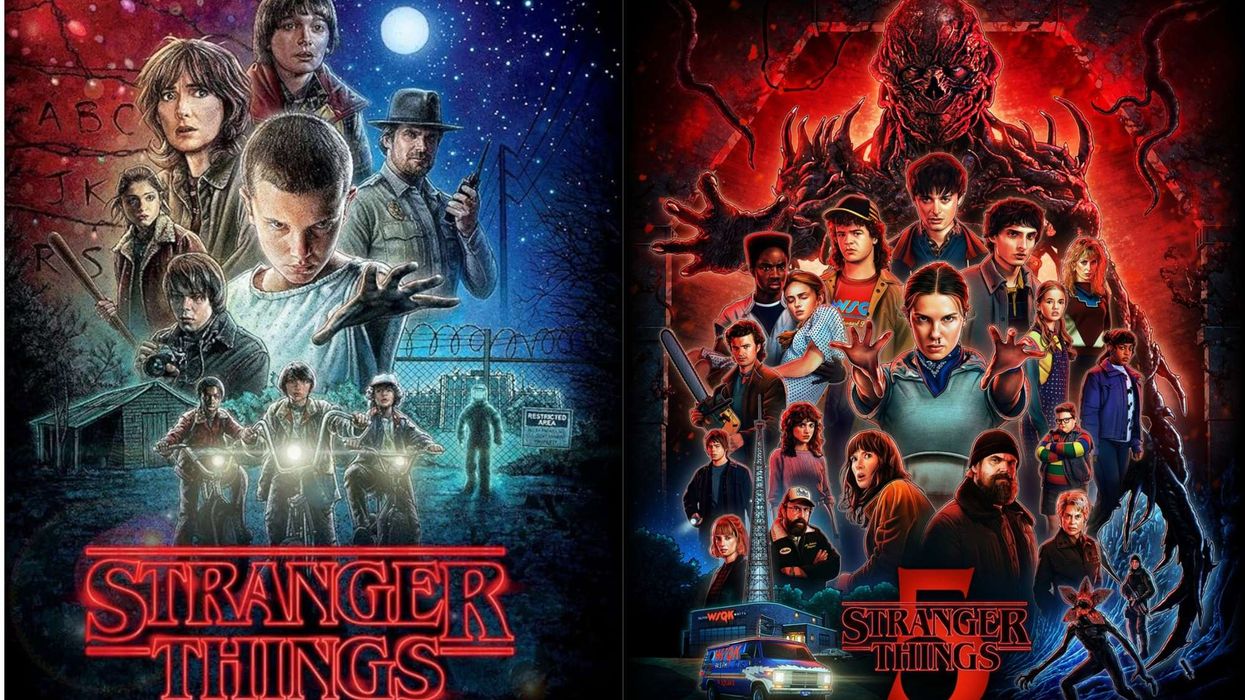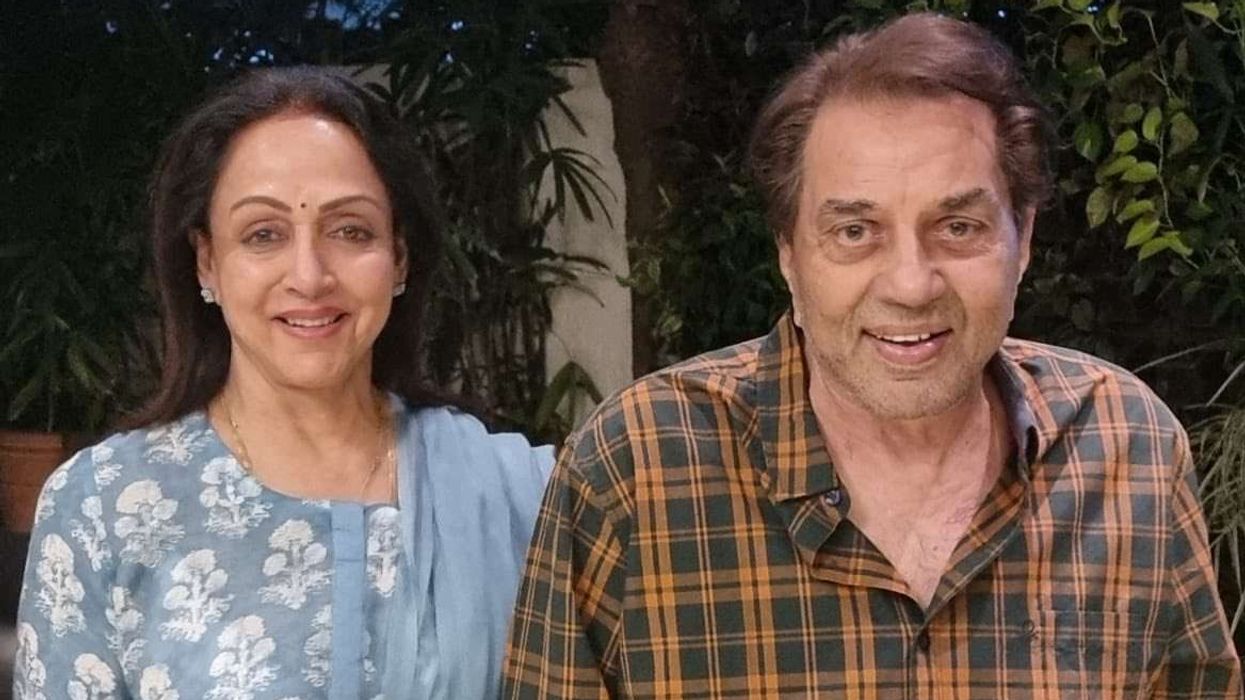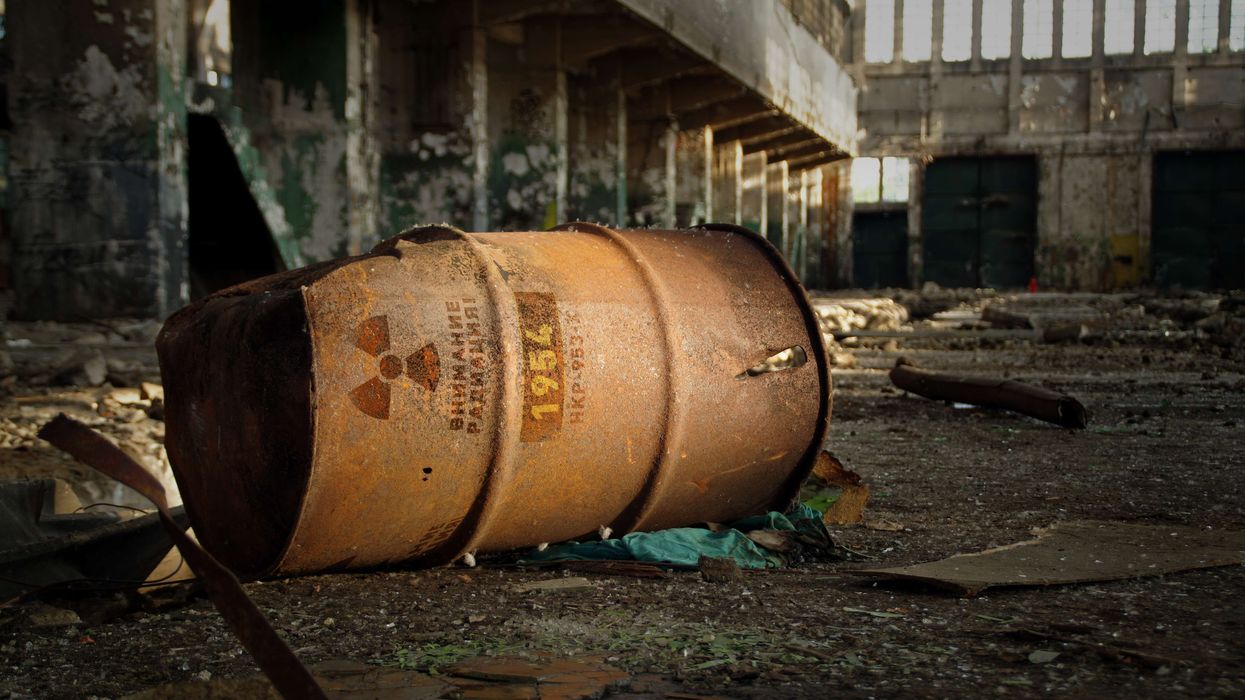TALENTED actress Parineeti Chopra has always had a power ful screen presence. The versatile performer reminded audiences just how brilliant she is with one of this year’s most watched movies, Amar Singh Chamkila.
She rose up like a phoenix from the ashes with the globally successful Netflix biopic based on the life of late singers Amar Singh Chamkila and Amarjot Kaur.
Apart from playing a real-life character, she also sang in the movie alongside Punjabi superstar Diljit Dosanjh and opened up an exciting new chapter of her career.
Eastern Eye caught up with the loveable star to discuss her stunning Chamkila comeback, future hopes, strong UK connection, love for cinema and inspirations. She also discussed the importance of female empowerment and gender equality.

You have always been holidaying in London for years. What do you like about the city?
Honestly, London is like my second home. I spend half the year here. People don’t know that. I post very less on social media about it, but I’m here a lot when not working in India. My family and friends are here. I’ve studied here, so it really feels like a second home. It’s not about the shopping or doing tourist stuff, I love the feeling of independence. The nature, parks, walking on the road and simple things like having a coffee somewhere. Stuff I don’t do much when in Mumbai. So that independence and me time is what I enjoy most.
What was your trip to the Wimbledon tennis final like?
It is one of the best things I have ever done. I watched cricket matches, but never had an interest in tennis or got introduced to it. That changed when (my husband) Raghav (Chadha) came into my life. He has played a lot of racquet sports, so I am glad I could go and watch one of the biggest matches in great seats. We had the best experience. It was just such a lovely day out. What a lovely, classic British experience.
How would you sum up your creative journey?
Oh, I think it’s been really wholesome because I have seen great highs and lows, successes and failures. I’ve seen like a complete story. I’ve made friends, had great experiences and travelled the world. So, it’s been a very wholesome experience.
If I ever reach 100 years old, I’ll be able to tell tales of my experiences. How much does the success of Amar Singh Chamkila mean?
I’m so happy. I love to surprise everybody. We were so blessed the day we knew we were doing Chamkila. We knew we were blessed with an amazing script and concept. Being a Punjabi, I would have been very jealous if I had not been a part of this near perfect film. It’s like one of those perfect film experiences.
The fact audiences feel the same, saying amazing things, has made it life changing. They are praising our performances and saying things like Parineeti is back. It’s a cult film. You know, these are things that you can’t create and come from the audience’s heart. It’s not PR created. This success is real.
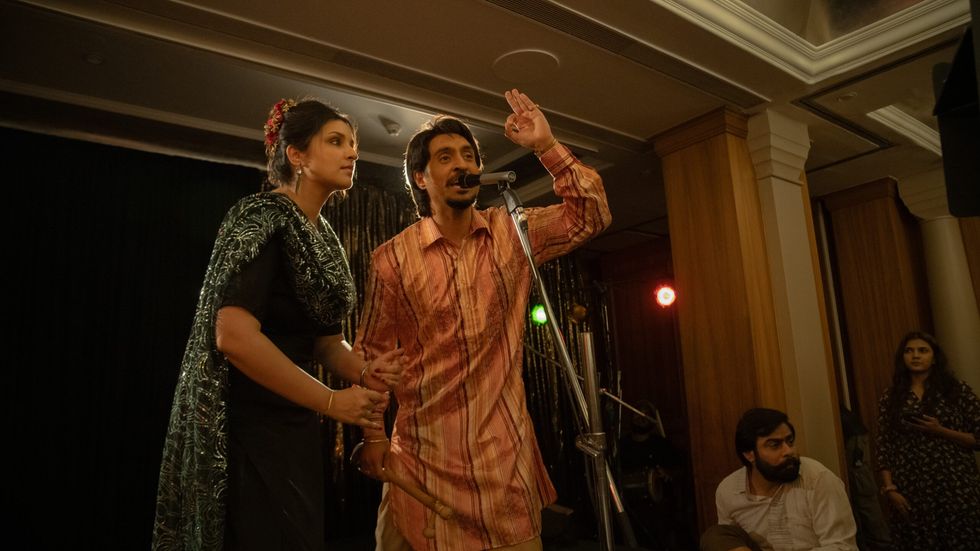
With Amar Singh Chamkila you remarkably rose to the challenge of playing a demanding role. But what part of the journey was your favourite?
The whole journey has been wonderful. A couple of things include this resurgence of my image as an actor. That acceptance and celebration of my performance has come from audiences. I think that has been my biggest success after Chamkila. The kind of films and work I’m getting now is only because of Chamkila. My other favourite aspect was being able to shoot in Punjab. I really got to discover Punjab, which I haven’t done in any other film.
You have always been a great actress since day one. What is the plan going forward after all the Chamkila praise?
Thank you. Honestly, I don’t care about quantity anymore. I feel like, even if it means doing just one more film, I’m okay, as long as it excites me from the inside, which happened with Chamkila. I did that one film over two years, but it didn’t matter because I was so excited to do the role. So, my biggest learning is that I will only do a role that personally excites me, requires homework, and will touch people’s hearts. It’s now the experience I’m searching for.
You have always been versatile and could excel in the west, away from Indian cinema. Have you considered that?
Oh, thank you so much. Why not? Actually, I really want to work in the UK and look for opportunities. This is something I would be very interested in, maybe not so west as in Hollywood. Something creative in the UK itself.
What inspires you creatively?
People. That’s my biggest thing. I feel I work best when I imbibe things from the people around me. People’s energy really inspires me. As an actor, anybody who gets my brain cells flowing inspires creativity in me.
Whether a film has done well or not, your acting is praised. What makes for a good performance?
Honestly, I feel like actors never really change; they could just be in the wrong project at the wrong time. Sometimes, the editing or a finished product greatly impacts how a performance is perceived. So, the whole creative process has to come together seamlessly, right from the director down to the acting, costume styling, imaging, lighting, editing, and everything else. It’s truly a full team effort.
I have always associated girl power with you. How important is it for you to be a strong female role model?
The reason I am like that is because I grew up in a house where there was no difference between the boys and girls. So, when I grew up and became an adult, it was people who started differentiating what I could do or had access to, just because I was a girl. That really angers me until today. It’s like my life’s mission to remove patriarchy from society.
Tell us more about that.
It’s my life’s mission to remove the matter of fact preference that males get for no reason at all. I’m not a bra burning feminist, out there, to kill all men. I’m not doing that. I just want people to think like me, that there is no difference between a man and a woman. I don’t even notice gender. It should be about what you are capable of irrespective of gender. We should be blind to gender when it comes to opportunity.
What about the term girl power?
Girl power is a great, but actually, I don’t want to give it a term. I don’t want it to be called girl power because there is no such thing as ‘boy power’. I don’t want to say feminist, because there is no thing as ‘maleist’. I want these terms to be eradicated, because I want equality to become so casual and easy flowing in society, that I don’t have to term it. I don’t even want to say give me this opportunity because I’m a woman. I don’t want that to exist in society anymore.
You support many social causes. Which ones are closest to your heart?
There are two. Especially after I’ve gotten married, even more so, I don’t want women to be treated inferior to men anymore. So that is my biggest social cause. I want gender equality in all areas of society from education to the corporate world, and every day stuff like men doing the dishes or laundry. We should be blind to gender. Secondly, I am a big ocean lover.
Tell us about your love for the ocean?
I’m a scuba diver and love being near the water. I have seen a consistent, steady decline in our ocean health, and that’s something I’m really passionate about. So, I believe in diving with a purpose. I try and make my dives meaningful and clear trash in the oceans. Ocean conservation and raising awareness of it is important to me.
What do you love to watch as a viewer?
You know, I’m the worst person to ask this question because I’m such a lover of the outdoor life. And just life in general, so I watch very limited content. I will literally only watch shows I’m recommended. I’m also very academic, so documentaries especially speak out to me. I love to learn about different things in life and what happened thousands of years ago. I also do enjoy sci-fi. Some days I like to curl up in bed and watch a silly rom-com for the heck of it. It really depends on my mood.
What do you love most about cinema?
I think, more than watching films, I love actually being an actor in cinema. I just feel like in this one life, I have the opportunity to make it big and connect with people globally, in any country, through cinema. That, for me, is a very blessed life to live. Cinema is so powerful that it can influence mindsets and even start change. We can do so much with cinema. I love the fact that it connects the world. There are very few industries that can do that. So, I love being a part of cinema.
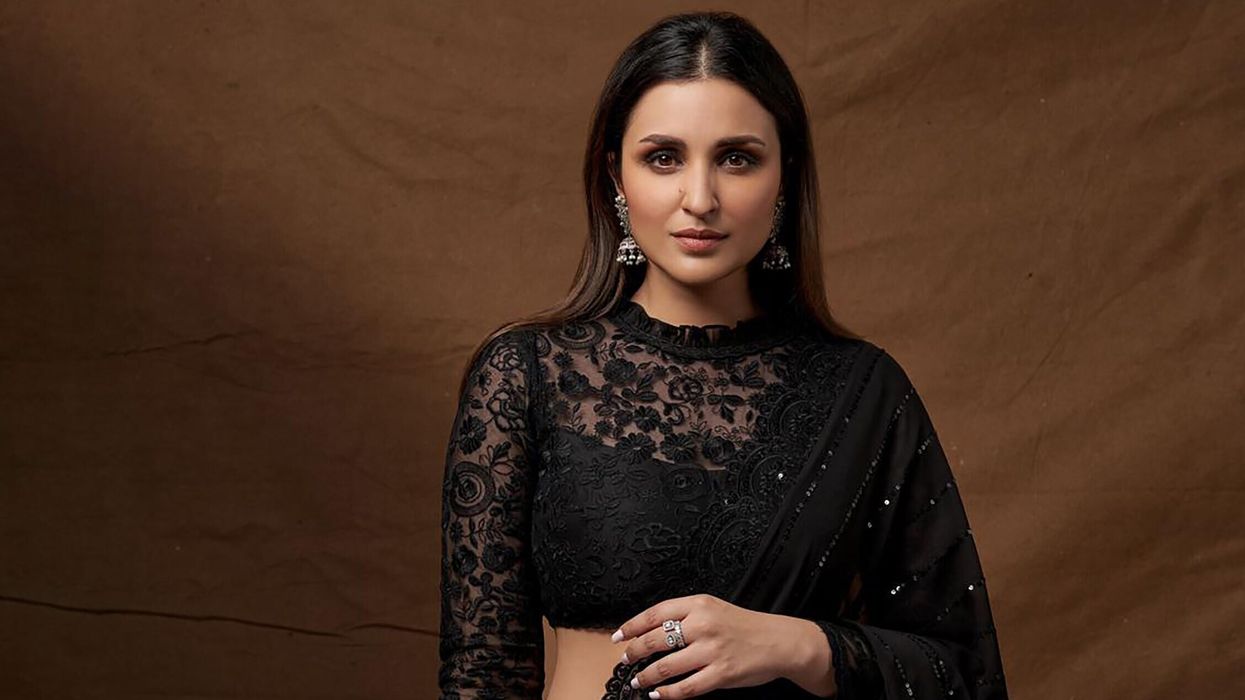
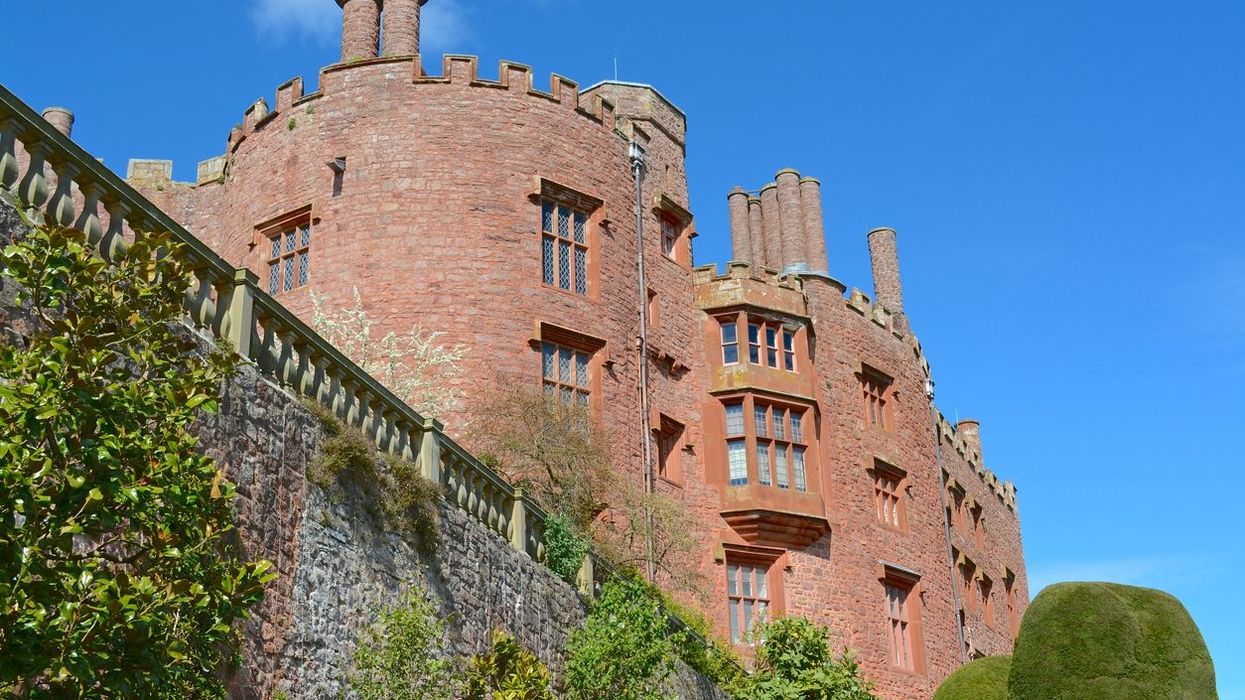
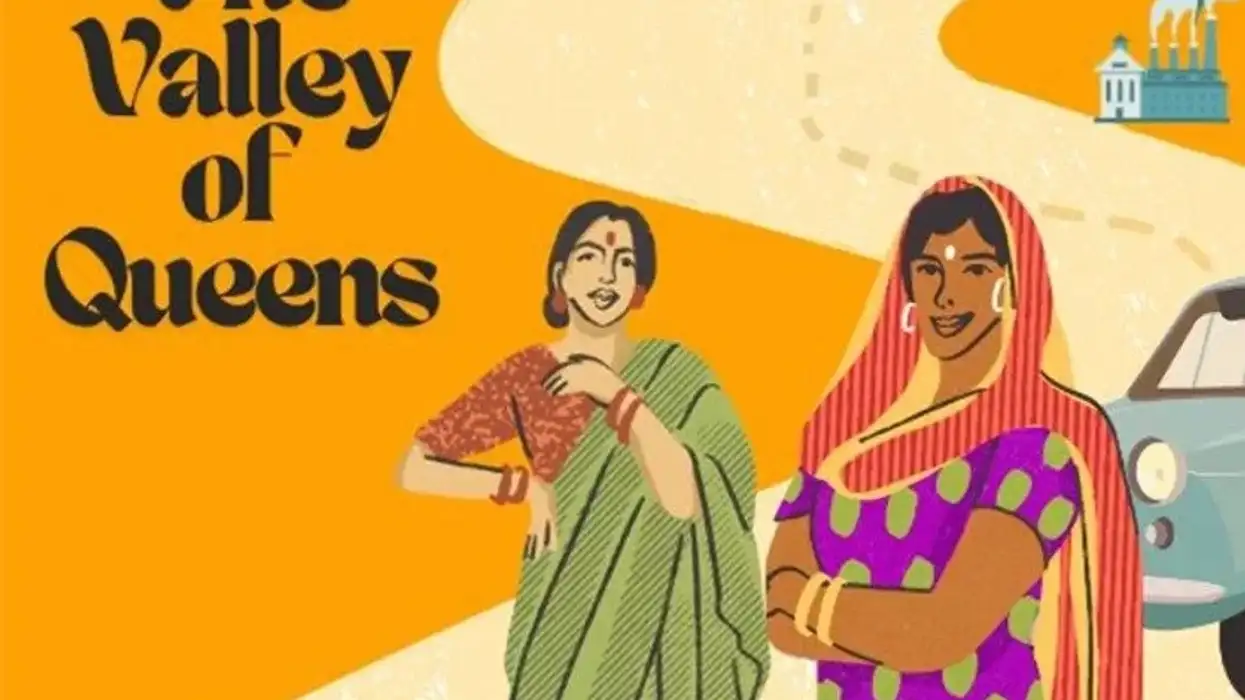
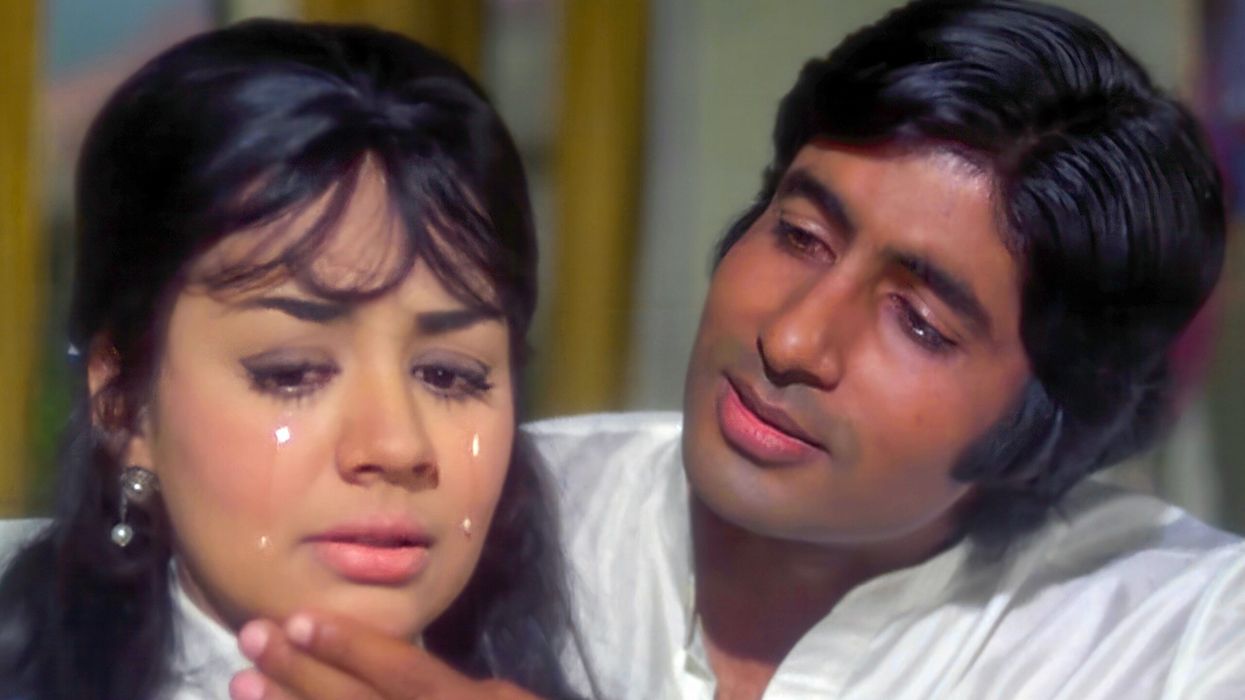
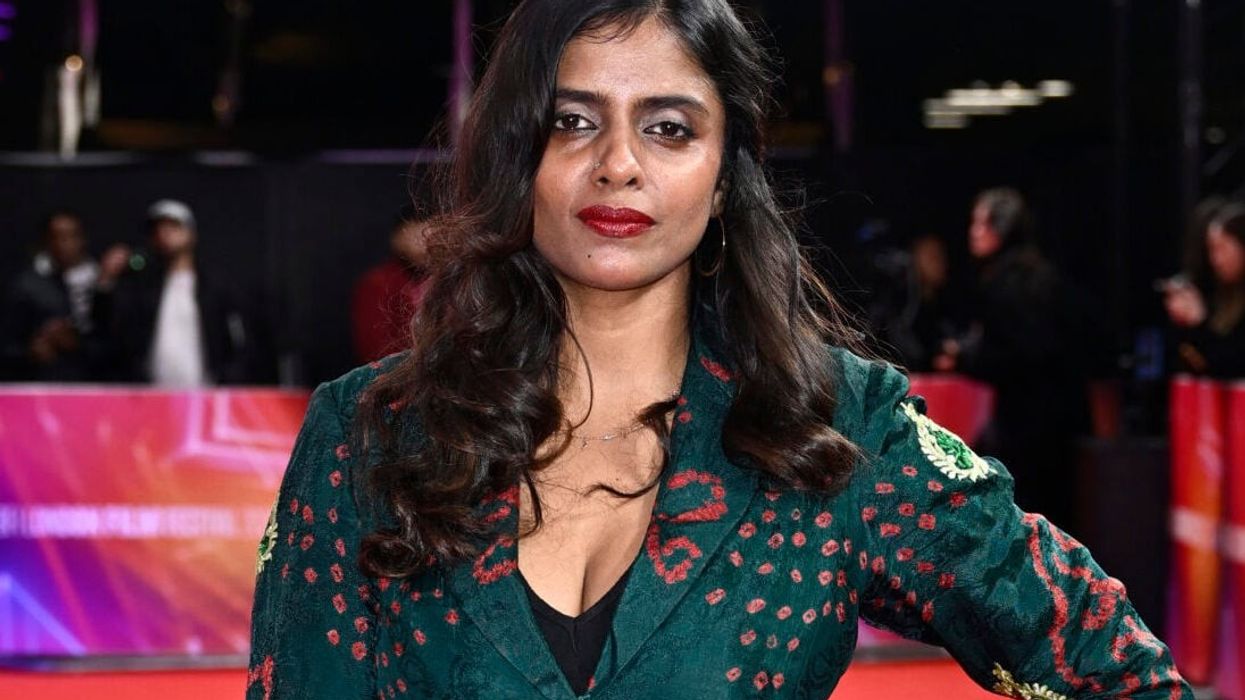
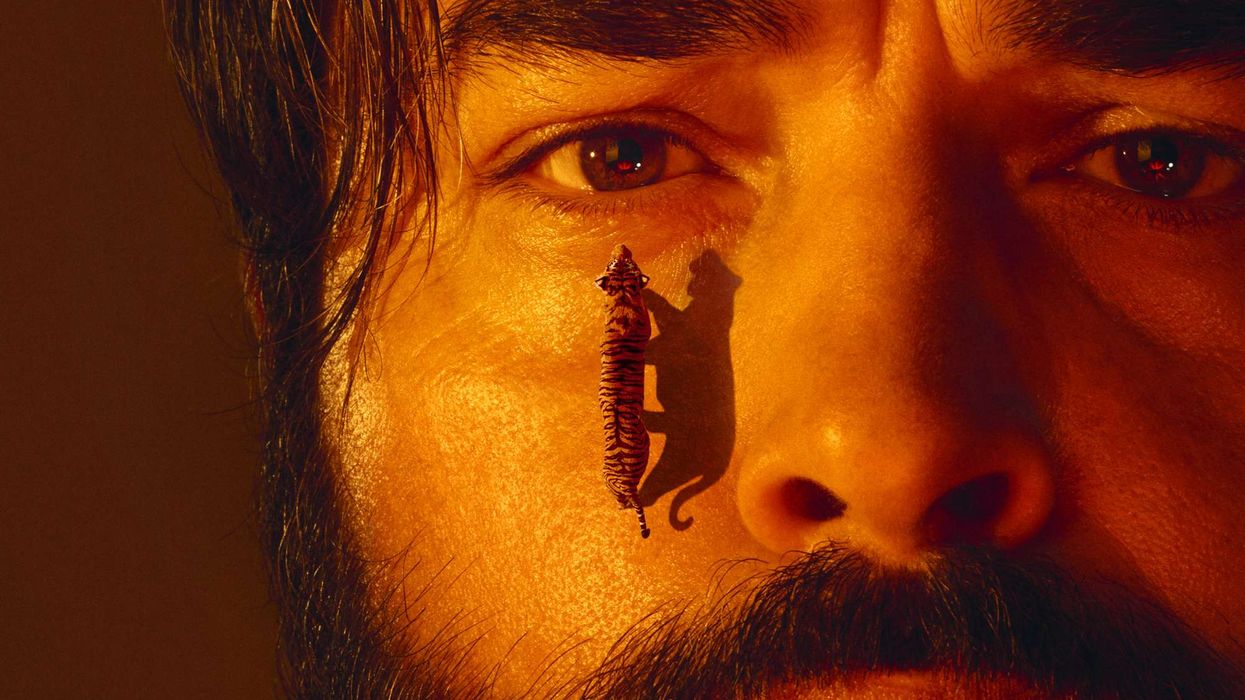
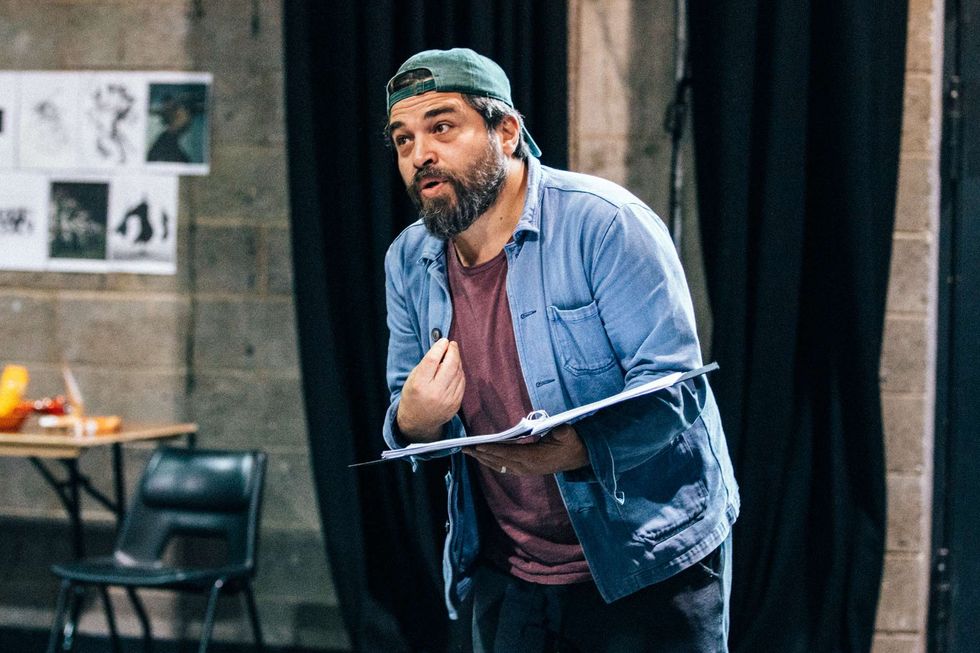 Ammar says the play’s script itself served as a compass in navigating Musa’s divided psycheIsha Shah
Ammar says the play’s script itself served as a compass in navigating Musa’s divided psycheIsha Shah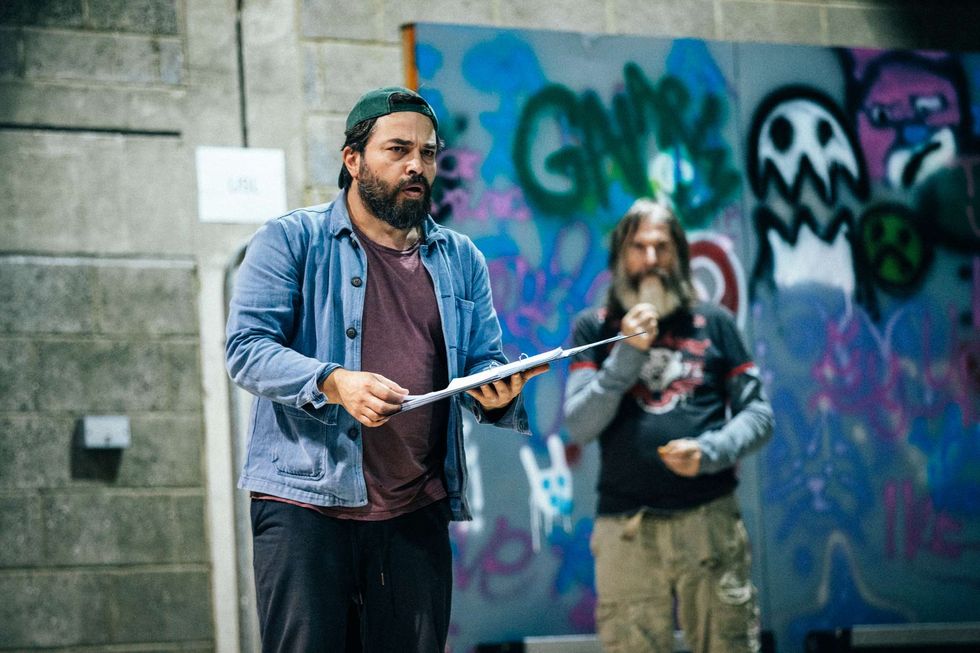 Bengal Tiger at the Baghdad Zoo runs at the Young Vic Theatre in London from December 2 – 31 January 31 2026Isha Shah
Bengal Tiger at the Baghdad Zoo runs at the Young Vic Theatre in London from December 2 – 31 January 31 2026Isha Shah